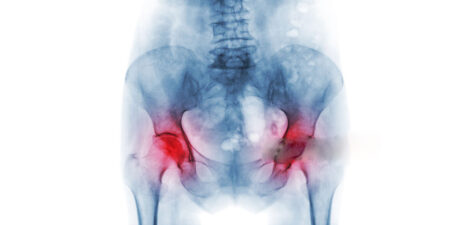In this network meta-analysis of randomized controlled studies, all modes of exercises were effective for reducing systolic blood pressure (SBP) and diastolic blood pressure (DBP), but isometric exercise seemed to be superior to other types of exercise.
Written by Brady Holmer, BS, PhD(c); Edited by Dmitri Barvinok, BA; Reviewed by Morgan Pfiffner, MS
After our Webinar about tendon repair and the importance of isometric training, I came across this highly interesting meta-analysis. This analysis was conducted on 270 randomized controlled exercise studies. The exercise protocols were categorized into the following primary training modalities: aerobic exercise training, dynamic resistance training, combined (aerobic + resistance) training, high-intensity interval training (HIIT), and isometric exercise training. Subgroups were defined within each category: Aerobic exercise (walking, running, and cycling), HIIT (sprint interval training and aerobic interval training), Isometric exercise: handgrip exercise, leg extension, and wall squats.
And the outcome was as follows:
Except combined training for DBP, all modalities of exercises were effective for reducing SBP and DBP. When exercise modes were ranked for their effectiveness in reducing SBP isometric exercise was the most effective (−10 mmHg), followed by combined training, resistance training, aerobic exercise training, and HIIT. The subgroup ranking was as follows: wall squats, leg extension, handgrip exercise, cycling, running, combined training, sprint interval training, resistance training, aerobic interval training, and walking. When exercise modes were ranked for their effectiveness in reducing DBP, isometric exercise (− 6 mmHg) was also the most effective, followed by resistance training, HIIT, combined training, and aerobic exercise training. Subgroup rankings were as follows: running, wall squats, handgrip exercise, leg extension, cycling, sprint interval training, resistance training, aerobic interval training, combined training and walking.
In summary isometric training is a perfect way for reducing both SBP and DBP. During isometric exercise, prolonged muscle contraction temporarily cuts off blood flow through the vasculature. After the exercise, the reactive hyperaemia is leading to a large release of nitric oxide and the relaxation of blood vessels. This process improves the health and function of blood vessels and reduces blood pressure.
Performing these isometric exercises with a larger muscle by doing wall squats or leg extension has an even greater effect. And this is why the analysis shows that wall squats were the most effective exercise (SBP – 10 mmHg und DBP – 6 mmHg).
Autoren
ist Heilpraktiker für Physiotherapie, Physiotherapeut, Manualtherapeut und Sportphysiotherapeut aus Augsburg, der sechs Jahre beim Fußballverein FC Augsburg (NLZ) gearbeitet hat. Er betreut die Augsburger Panther (1. Liga Eishockey). Seit Juli 2019 hat er gemeinsam mit seinem Geschäftspartner Ferdinand Merckx das Physiotherapiezentrum „Die Körperwerkstatt“ in Augsburg eröffnet, das auf Sportphysiotherapie spezialisiert ist. Er ist wiss. Beirat der sportärztezeitung.



